Can Turnitin Detect QuillBot? Here’s How It Can Still Catch You

Can Turnitin Detect Quillbot? In short, yes. But how and why exactly?
Since 2023, Turnitin’s AI detector not only identifies AI-generated content but also flags text rewritten by AI tools like Quillbot.
This means that even if you generate content with ChatGPT (or another AI model) and then run it through Quillbot to change the wording, Turnitin can still likely trace it back to its AI origins. But what kind of text does it detect, and how? Let’s explore why Quillbot’s edits might not be as stealthy as you think.
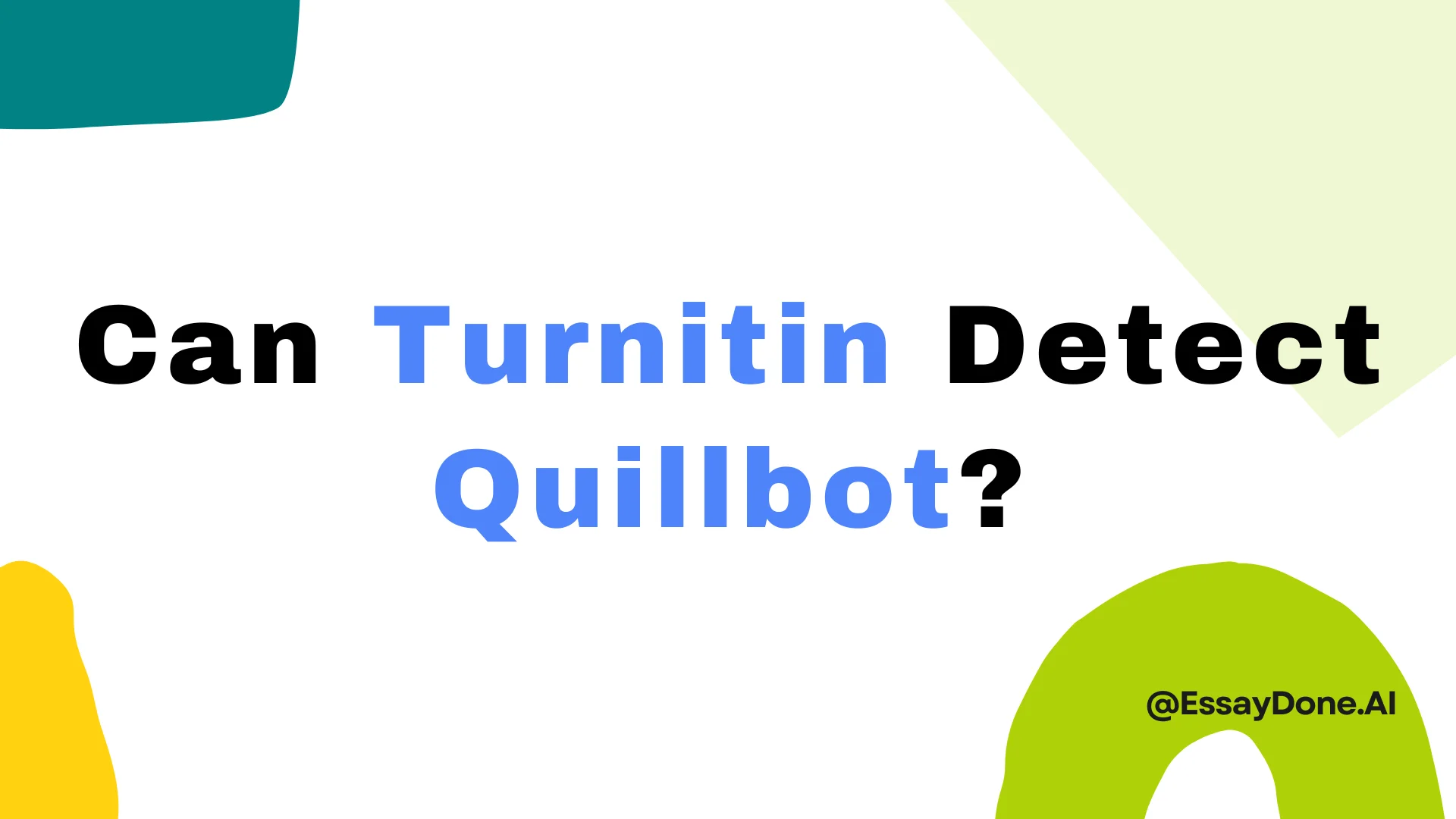
What Is Turnitin?
Turnitin is a popular academic tool used by schools and universities to check student writing for plagiarism and AI-generated content. It compares your submission to a massive database of web pages, student papers, and academic sources — and now, it also uses AI detection models to spot content likely written or rephrased by large language models like ChatGPT.
It shows:
Similarity reports (highlighting copied or closely matched text)
AI writing indicators (showing likely AI or AI-paraphrased content)
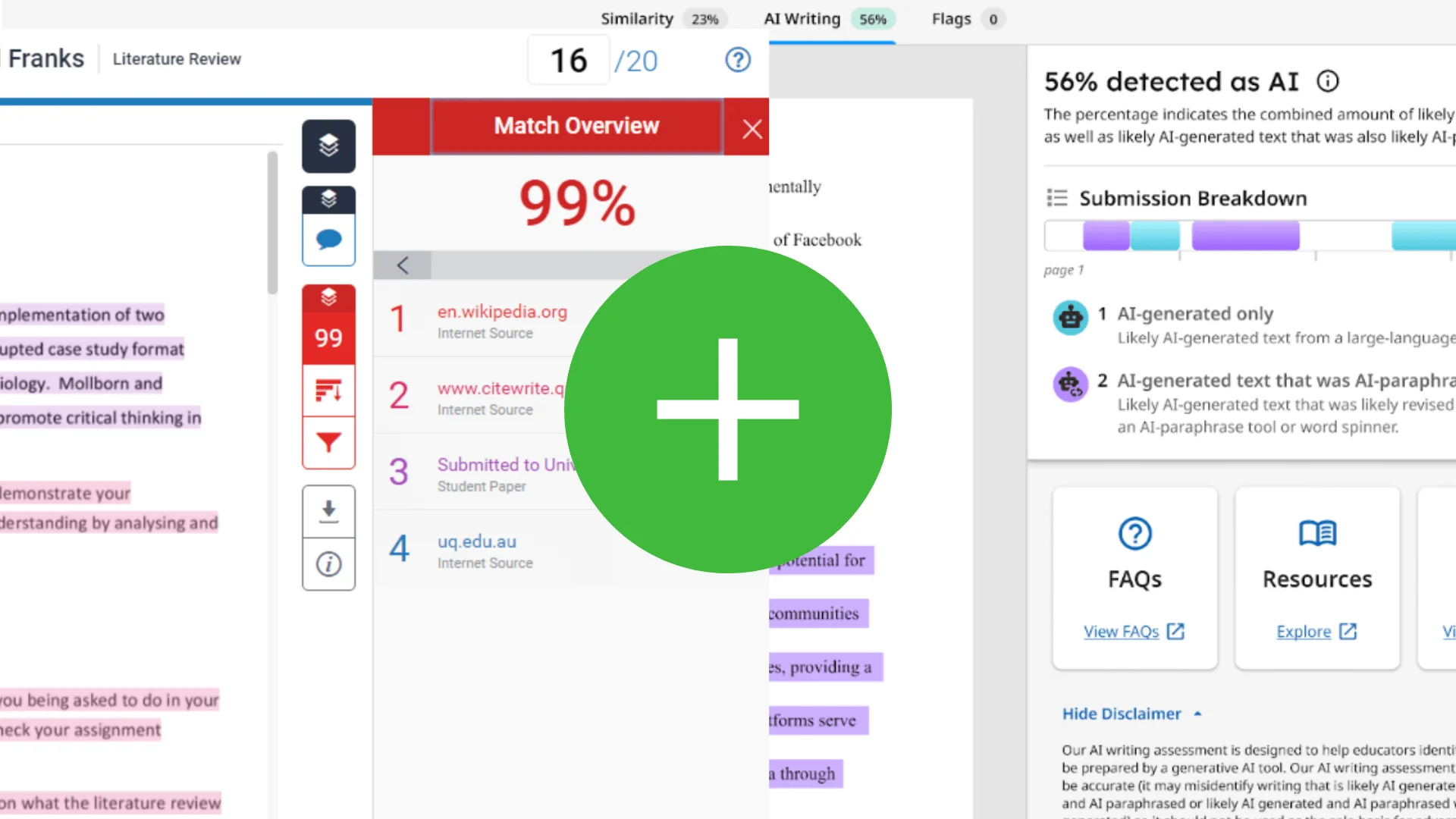
How Was the Model Trained?
Turnitin’s AI detection model was developed using a large dataset containing two main types of writing: authentic academic papers written by humans and AI-generated text. This dataset covers a wide range of subjects and academic disciplines to reflect the diversity of student work.
The training data also includes writing samples from different regions and populations, such as students who use English as a second language, to reduce bias in detection. By including less common subject areas like anthropology, geology, and sociology, the model aims to perform accurately across various fields.
The model learns to identify statistical patterns in word choice and sentence structure that distinguish AI-generated content from human writing. This training approach helps the model generalize beyond specific examples and detect AI writing even as language models evolve.
What is QuillBot?
QuillBot is a versatile writing platform that provides various tools to assist with writing tasks such as grammar checking, summarizing and paraphrasing.
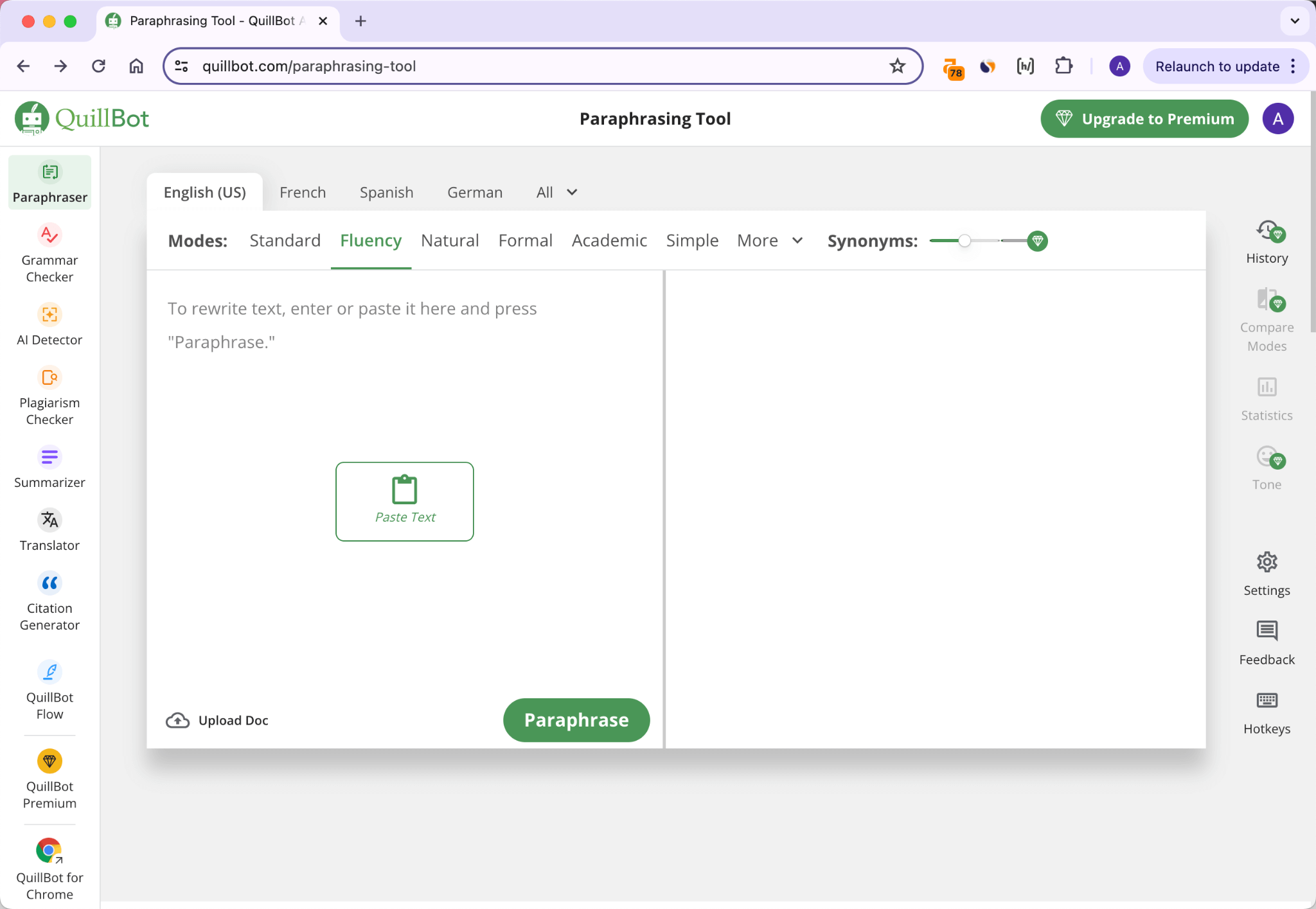
It has two features involved in rewriting text: QuillBot Paraphrase and AI Humanization Tool, the latter of which currently only supports English variants (Australian, Canadian, British and American). These tools rewrite text by restructuring sentence structure, swapping synonyms and adjusting grammatical patterns while retaining the original meaning.
However, paraphrases are usually relatively light, which means that the changes are usually subtle. Therefore, it may have limited effectiveness in circumventing AI detection.
How Does Turnitin Detect Quillbot?
As introduced earlier, Turnitin can detect not only AI-generated content but also content paraphrased using AI tools like Quillbot. So, how exactly does it work?
Step-by-Step Process:
When a paper is submitted, Turnitin splits the text into multiple overlapping segments—usually blocks of 2 to 3 sentences. This allows each sentence to be analyzed within its surrounding context instead of being examined alone.
Each segment is scored on a scale from 0 to 1, where a higher score indicates a greater likelihood that the segment was produced by AI.
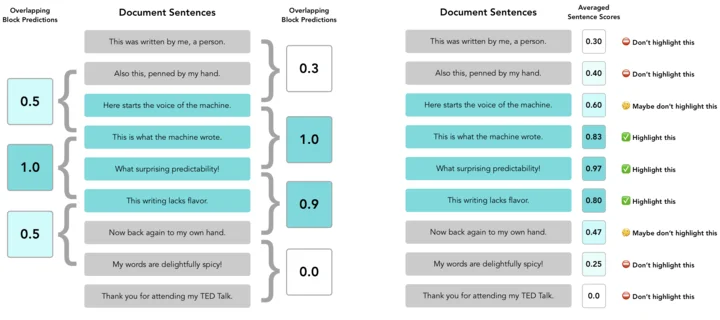
If a segment scores high for AI generation, Turnitin applies a second layer of analysis to detect AI paraphrasing. This checks whether the text was rewritten by an AI tool rather than originally generated.
Tools like Quillbot rewrite text by rearranging sentence structures, swapping synonyms, and adjusting grammar. However, this often leaves behind recognizable AI “signatures,” such as consistent phrasing patterns or unnatural language flow.
Turnitin’s paraphrase model detects these subtle traces and scores the likelihood of AI paraphrasing, again on a 0 to 1 scale.
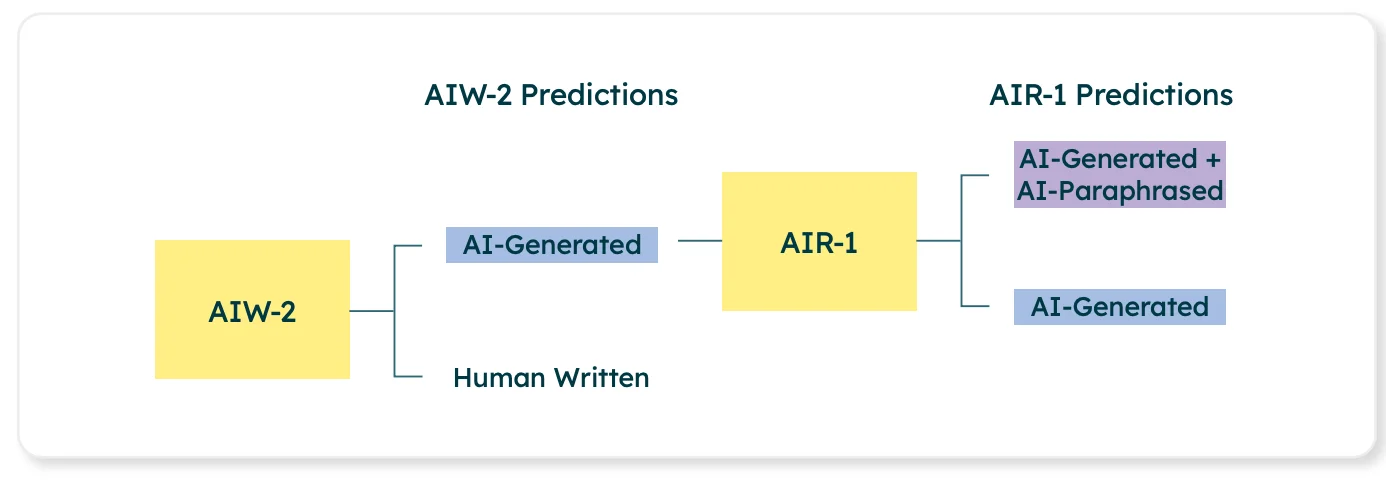
So, will Turnitin detect Quillbot?
It’s clear from this process that Turnitin is quite capable of detecting both AI-generated and AI-paraphrased content. While Quillbot’s paraphrasing can reduce direct text matches that trigger traditional plagiarism checks, it doesn’t fully erase the AI patterns that Turnitin’s detection models are designed to spot.
Turnitin goes beyond just looking for copied phrases — it also analyzes sentence structure, unusual word choices, and the overall meaning behind the text. These subtle clues often remain in Quillbot’s rewrites, especially when the paraphrasing isn’t very thorough.
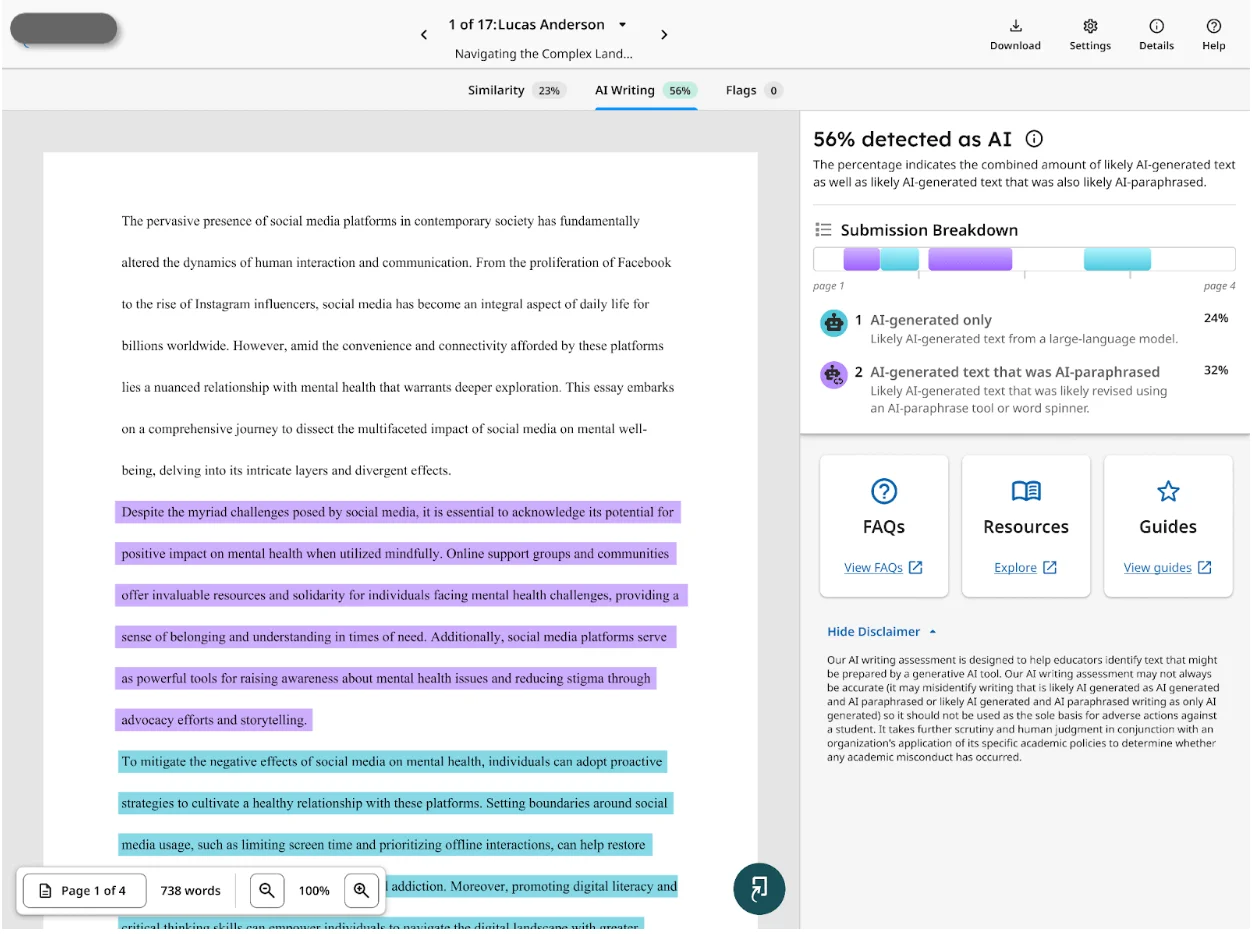
Whether Turnitin flags Quillbot content depends largely on how extensively the original text has been changed and the sophistication of the paraphrasing. With Turnitin’s AI detection technology constantly being updated and improved, it’s becoming increasingly difficult for light or simple rewrites to go unnoticed.
How Accurate Is Turnitin’s AI Detection?
So, how reliable is Turnitin at spotting AI-written or AI-paraphrased content? According to Turnitin’s own data—it’s pretty accurate, but not flawless. And to their credit, they’re transparent about those limits.
Turnitin first trained and tested their system on 800,000 student papers written before ChatGPT existed. That gave them a strong baseline of real human writing, helping them avoid wrongly flagging students for using AI when they hadn’t.
Their main goal is to keep false positives low. Here’s how that plays out:
Low scores come with a warning. If Turnitin gives your paper an AI score under 20%, it adds an asterisk to show that the result might not be reliable.
False positives are rare. For papers that actually include 20% or more AI-generated content, less than 1% of fully human-written papers are wrongly flagged.
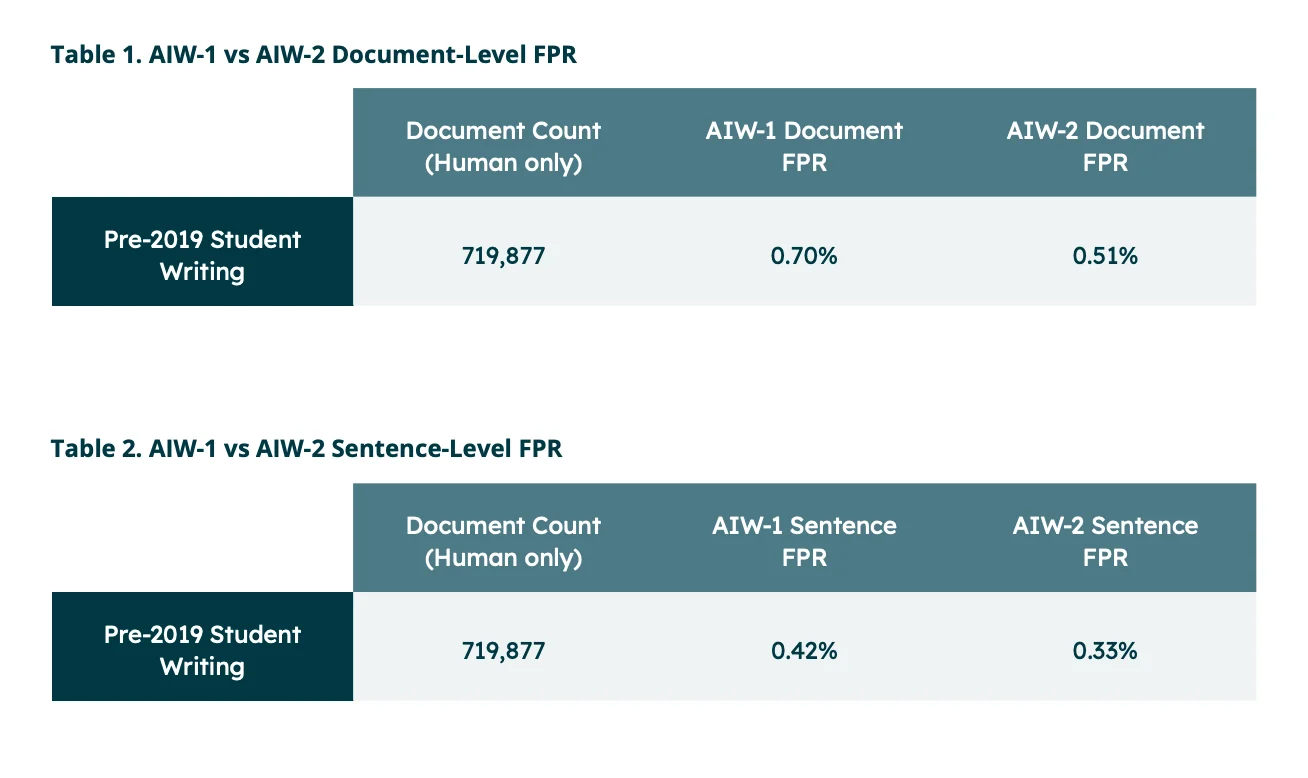
But to keep that false alarm rate so low, the system plays it safe. That means it sometimes misses real AI writing. On average, Turnitin admits it may miss around 15% of actual AI-generated content. So if it flags 50% of your paper as AI-written, the true amount might be closer to 65%.
The system also needs at least 300 words to analyze, since short texts are harder to judge accurately. And Turnitin recently improved how it handles the introduction and conclusion of papers, which were previously more likely to trigger false flags.
What About AI-Paraphrased Text?
Turnitin’s AI paraphrase detector works a bit differently. It only activates after the main detector has flagged text as likely AI-generated. That means it doesn’t affect the accuracy numbers above directly.
Still, paraphrase detection isn’t perfect either. It can sometimes:
Mistake regular AI-generated text as AI-paraphrased
Or mistake AI-paraphrased text as just AI-generated
In other words, the model might get the “type” of AI used wrong—but it usually still picks up that AI was involved.
How to Get a Turnitin Report After Using Quillbot
If you’ve rewritten your content using Quillbot and want to see how Turnitin might evaluate it, there are a few ways to get a Turnitin report—though it’s important to know that Turnitin itself isn’t available for direct use by individuals. It's a service licensed by institutions, mostly universities and schools.
Here are your main options:
1. Submit Through Your School or University
If you're a student, this is the most straightforward route. Just upload your Quillbot-edited paper as you normally would. Once submitted, your instructor (or the system, depending on setup) will generate a Turnitin report. You can usually view it through your learning platform (like Moodle, Blackboard, or Canvas), depending on your school’s settings.
2. Ask Your Instructor for a Report Copy
Some schools allow students to see their similarity and AI reports; others do not. If your school doesn't automatically show you the results, you can ask your instructor to share them with you—especially if you want to check for unintended plagiarism or AI flags.
3. Use a Turnitin-Integrated Draft Submission (If Available)
Some schools offer draft submissions where students can submit a version of their work to Turnitin before the final deadline. This gives you a chance to review the similarity score and make edits if needed. It’s a good opportunity to test how Quillbot’s paraphrasing holds up.
4. Preview with Other Similarity Checkers
If you don’t have direct access to Turnitin, you can still get an idea of how your Quillbot-edited text might perform by using third-party tools that rely on similar detection systems. Just make sure to use platforms that don’t save your document—this helps avoid accidental self-plagiarism later.
One example is turnitindetector.com, which provides instant feedback on both plagiarism and AI-generated content, using results powered by Turnitin’s official detection system. It gives you the kind of report your school might see, including similarity percentages and AI writing indicators.
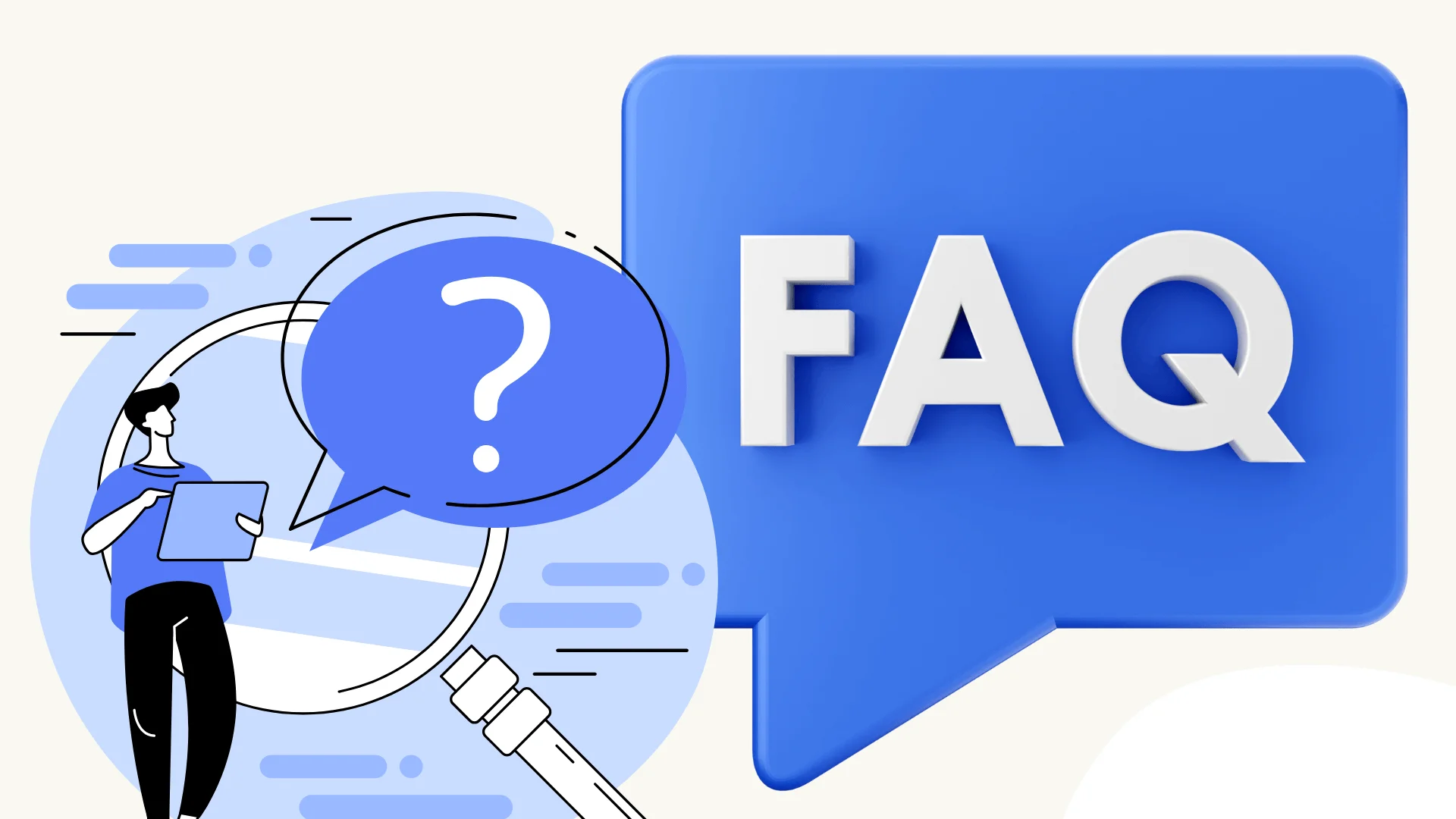
FAQ
Can you get caught plagiarizing using QuillBot?
Yes. While QuillBot can rephrase text, it doesn’t fully remove traces of the original. Turnitin can still detect paraphrased or AI-generated patterns, especially if the rewriting is light.
Can Turnitin detect AI if I paraphrase?
In many cases, yes. If the original was written by AI and then paraphrased (even with a tool like QuillBot), Turnitin’s AI detector can still recognize the underlying structure and flag it.
Is QuillBot good against Turnitin?
Not entirely. QuillBot may help reduce exact matches, but it doesn’t guarantee you’ll avoid detection. Turnitin is designed to spot paraphrasing and AI-written content—not just copied text.
Can Turnitin detect ChatGPT?
Yes. Turnitin can detect ChatGPT. Its AI detection model is specifically trained to identify patterns typical of large language models. While it isn’t perfect, it can reliably flag content that shows signs of being AI-generated, especially in longer texts.
Final Thoughts
So, can Turnitin detect QuillBot? As we’ve explored throughout this article—the answer is yes, and for good reason.
While QuillBot might help reduce direct matches by rephrasing content, it doesn’t erase the underlying AI patterns that Turnitin’s detection models are built to catch.
The effectiveness of QuillBot largely depends on how deeply the text is rewritten and how sophisticated Turnitin’s models become. As it stands, Turnitin continues to improve, and light paraphrasing isn’t enough to guarantee you’ll avoid detection.
